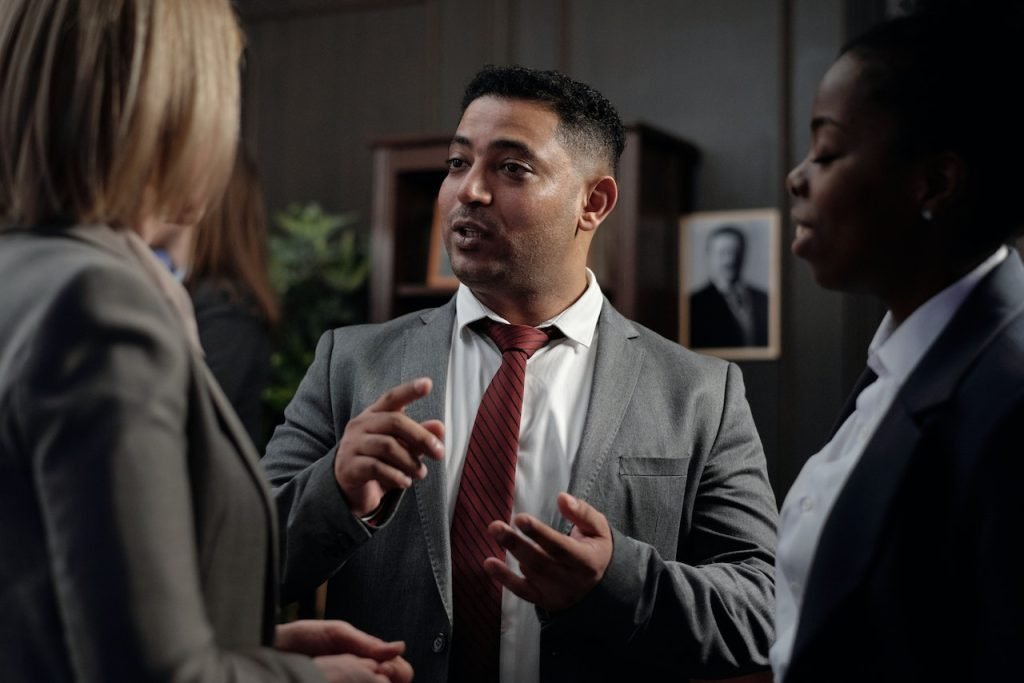

How to Sound More Polite in Norwegian | Learn Norwegian A1-A2
When learning a new language, nuances like politeness can sometimes be overlooked, as the focus primarily lands on basic vocabulary and grammar. But as you immerse yourself in Norwegian culture, it becomes essential to express yourself in a courteous and polite manner. Let’s dive into some key strategies and phrases to sound more polite in Norwegian.
Table of Contents
Toggle1. Use “Vær så snill” for “Please”
In Norwegian, “vær så snill” translates to “please.” It can be used both as a request and to make your sentences sound more polite.
- Example: “Kan du være så snill å gi meg vann?” (Can you please give me water?)
2. Tackling Tones: Intonation Matters
Norwegian, like many languages, relies on intonation. Even if you use polite words, a sharp tone can come across as rude. Practice speaking in a gentle and even tone to sound more amicable.
3. Use Modal Verbs
Modal verbs like “kunne” (could) and “ville” (would) can soften your requests or statements.
- Example: “Jeg ville sette pris på det” (I would appreciate it)
4. Always Remember to Say Thank You – “Takk”
Just like in many other cultures, saying “takk” (thank you) is a sign of gratitude and politeness in Norwegian. There are different ways to express thanks:
- “Takk” – Thank you
- “Tusen takk” – Thank you very much (literally: a thousand thanks)
- “Mange takk” – Many thanks
5. Show Respect Using Titles
While Norwegians tend to be informal compared to some cultures, using titles like “Herr” (Mr.), “Fru” (Mrs.) or “Frøken” (Ms.) can add a touch of politeness in some rare but very formal situations.
6. Avoid Direct Negatives
Instead of directly refusing or negating, try to circumvent the straightforward ‘no.’ Use phrases like:
- “Jeg er ikke sikker” (I am not sure)
- “Kanskje senere” (Maybe later)
7. Using “Unnskyld” and “Beklager”
These words mean “excuse me” and “I’m sorry,” respectively. Using them appropriately shows that you respect the feelings of others and acknowledge any inconvenience you might cause.
Examples:
- “Unnskyld, kan du hjelpe meg?” (Excuse me, can you help me?)
- “Jeg beklager forsinkelsen.” (I am sorry for the delay.)
8. Be Mindful of Formal and Informal Address
Norwegian, like many languages, has both formal and informal pronouns. While the distinction is becoming less rigid, it’s still polite to use the formal “De” in certain situations, especially when speaking to elders or in professional contexts.
9. Practice Active Listening
Politeness isn’t just about how you speak; it’s also about how you listen. Nodding, maintaining eye contact, and using filler words like “ja” (yes) or “mm” can show that you’re engaged and respectful.
10. End Conversations Gracefully
Ending a conversation with phrases like “Ha en fin dag!” (Have a nice day!) or “Takk for praten!” (Thanks for the chat!) leaves a positive impression and adds a touch of politeness.
In Conclusion
Politeness in Norwegian goes beyond just using the right words. It encompasses tone, context, and non-verbal cues. By being attentive to these details and practicing the suggestions above, you’ll not only enhance your language skills but also build stronger and more positive relationships with native speakers.
FAQs
- What does “vær så snill” mean in Norwegian?
- “Vær så snill” translates to “please” in English. It’s used to make requests or sentences sound more polite.
- Is intonation important in the Norwegian language?
- Yes, intonation is important in Norwegian. A gentle and even tone can make your speech sound more polite and friendly.
- How do you say “thank you” in Norwegian?
- The basic way to say “thank you” in Norwegian is “takk.” You can also say “tusen takk” (thank you very much) or “mange takk” (many thanks) for added emphasis.
- What are the Norwegian words for “excuse me” and “I’m sorry”?
- “Unnskyld” means “excuse me,” and “Beklager” means “I’m sorry” in Norwegian.
- Does Norwegian differentiate between formal and informal address?
- Yes, while the distinction is becoming less common, traditionally “De” is used as a formal address, especially with elders or in professional contexts.
- Is it considered rude to directly refuse or negate in Norwegian?
- While it’s not inherently rude, using direct negatives can sometimes come across as abrupt. Softening responses with phrases like “Jeg er ikke sikker” (I am not sure) can sound more polite.
- How can I end a conversation politely in Norwegian?
- Phrases like “Ha en fin dag!” (Have a nice day!) or “Takk for praten!” (Thanks for the chat!) are polite ways to conclude a conversation.
- Are Norwegians generally formal in their interactions?
- Norwegians tend to be informal compared to some cultures, but they appreciate politeness. Using titles and formal address can be a sign of respect in certain contexts.
- How can I show I’m actively listening in a conversation?
- Non-verbal cues like nodding, maintaining eye contact, and using filler words like “ja” (yes) can demonstrate active listening and respect.
- Do I always need to use “De” in professional contexts?
- While “De” is the traditional formal address, modern Norwegian has seen a shift towards informality. It’s best to gauge the situation and follow the lead of native speakers.
If you want to learn Norwegian, you can register for classes here. If you want to check your Norwegian level for free, you can do that here. We look forward to hearing from you and helping you become fluent in Norwegian!
If you want to learn Norwegian, you can register for classes here. We look forward to hearing from you and helping you become fluent in Norwegian.





